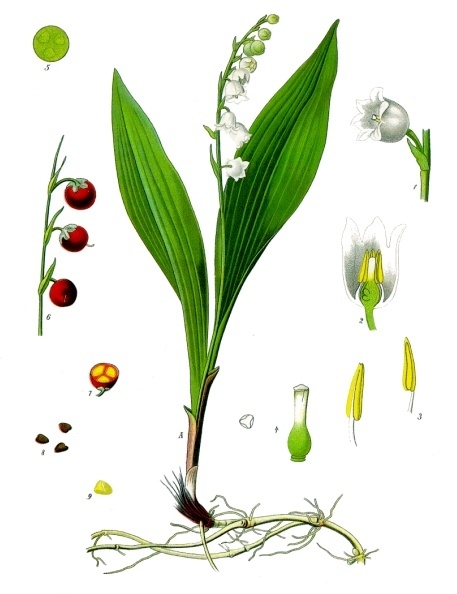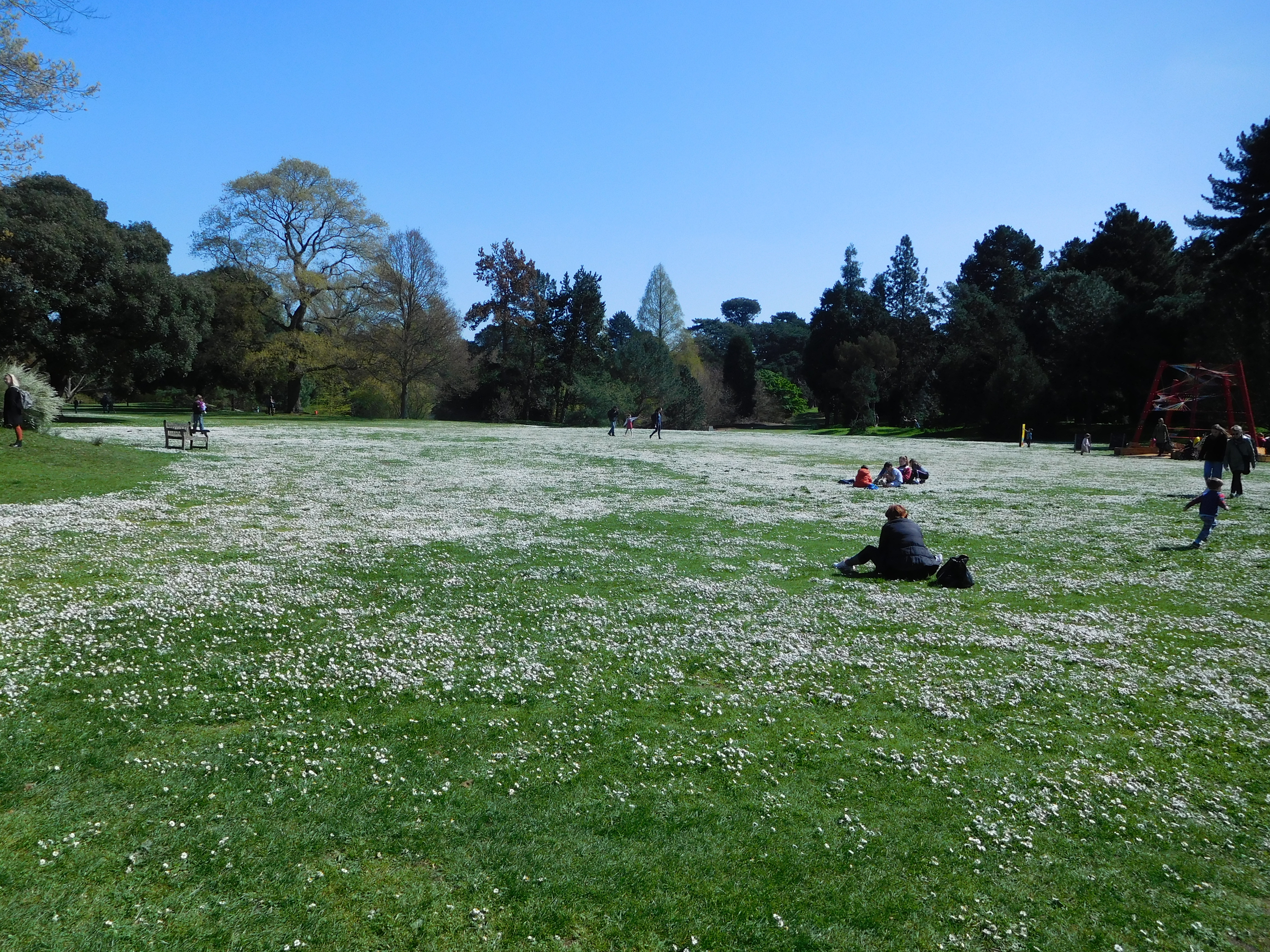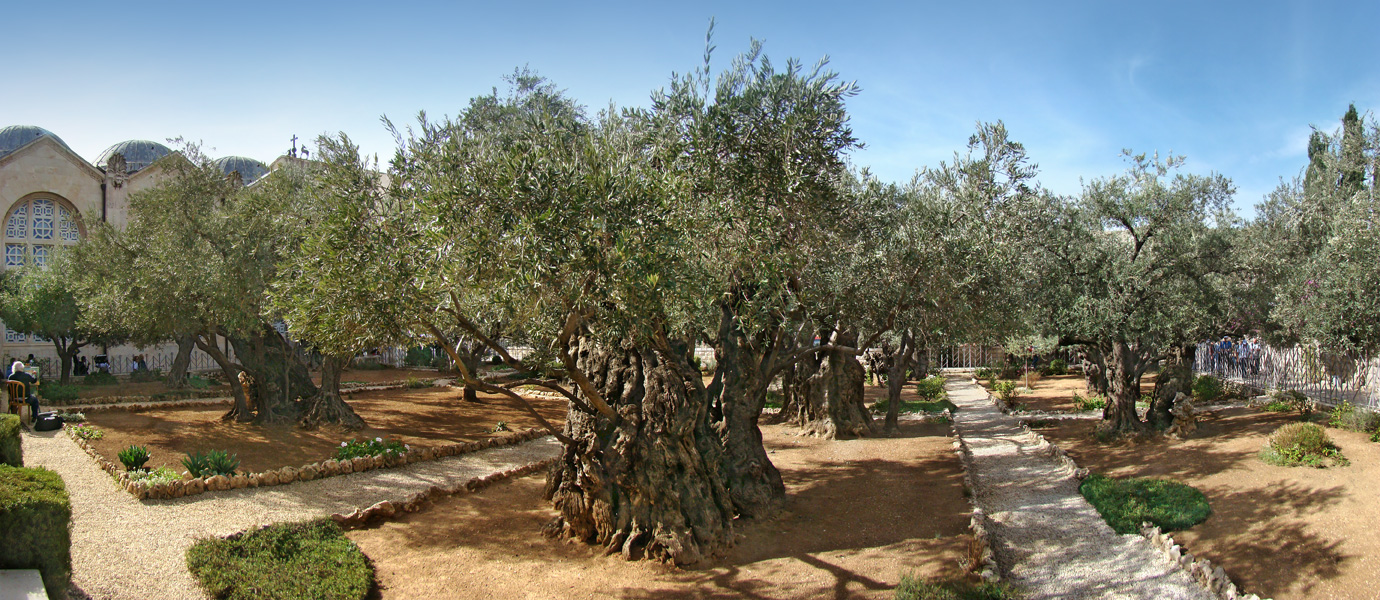|
Grace Church, Sheboygan
Grace Episcopal Church located at 1011 North 7th Street in Sheboygan, Wisconsin, is an Anglo-Catholic parish of the Episcopal Church in the United States of America, Episcopal Church, part of the Episcopal Diocese of Fond du Lac, Diocese of Fond du Lac. It is one of four churches comprising the Downtown Churches Historic District that is listed on the National Register of Historic Places. History Early in 1847 a small lot was bought in Sheboygan on which a wood-frame church was built. The first service of the new Grace Episcopal Church was held on Christmas Day 1847, and two years later a new church was consecrated by the Rt. Rev. Jackson Kemper, missionary Bishop of the Northwest Territory. The present church was built in 1871 in High Victorian Gothic style. It was listed on the Wisconsin State Register of Historic Places on July 17, 2009 as part of the Downtown Churches Historic District. The district was listed on the National Register of Historic Places on March 1, 2010. ... [...More Info...] [...Related Items...] OR: [Wikipedia] [Google] [Baidu] |
Sheboygan, Wisconsin
Sheboygan () is a city in and the county seat of Sheboygan County, Wisconsin, United States. The population was 49,929 at the 2020 census. It is the principal city of the Sheboygan, Wisconsin Metropolitan Statistical Area, which has a population of 118,034. The city is located on the western shore of Lake Michigan at the mouth of the Sheboygan River, about north of Milwaukee and south of Green Bay. History Before its settlement by European Americans, the Sheboygan area was home to Native Americans, including members of the Potawatomi, Chippewa, Ottawa, Winnebago, and Menominee tribes. In the Menominee language, the place is known as ''Sāpīwǣhekaneh,'' "at a hearing distance in the woods". The Menominee ceded this land to the United States in the 1831 Treaty of Washington. Following the treaty, the land became available for sale to American settlers. Migrants from New York, Michigan, and New England were among the first white Americans to settle this area in the 1830s ... [...More Info...] [...Related Items...] OR: [Wikipedia] [Google] [Baidu] |
Holy Land
The Holy Land; Arabic: or is an area roughly located between the Mediterranean Sea and the Eastern Bank of the Jordan River, traditionally synonymous both with the biblical Land of Israel and with the region of Palestine. The term "Holy Land" usually refers to a territory roughly corresponding to the modern State of Israel and the modern State of Palestine. Jews, Christians, and Muslims regard it as holy. Part of the significance of the land stems from the religious significance of Jerusalem (the holiest city to Judaism, and the location of the First and Second Temples), as the historical region of Jesus' ministry, and as the site of the first Qibla of Islam, as well as the site of the Isra and Mi'raj event of 621 CE in Islam. The holiness of the land as a destination of Christian pilgrimage contributed to launching the Crusades, as European Christians sought to win back the Holy Land from Muslims, who had conquered it from the Christian Eastern Roman Empire in 6 ... [...More Info...] [...Related Items...] OR: [Wikipedia] [Google] [Baidu] |
Lily Of The Valley
Lily of the valley (''Convallaria majalis'' (), sometimes written lily-of-the-valley, is a woodland flowering plant with sweetly scented, pendent, bell-shaped white flowers borne in sprays in spring. It is native throughout the cool temperate Northern Hemisphere in Asia and Europe. ''Convallaria majalis'' var. ''montana'', also known as the American lily of the valley, is native to North America. Due to the concentration of cardiac glycosides (cardenolides), it is highly poisonous if consumed by humans or other animals. Other names include May bells, Our Lady's tears, and Mary's tears. Its French name, ''muguet'', sometimes appears in the names of perfumes imitating the flower's scent. In pre-modern England, the plant was known as glovewort (as it was a wort used to create a salve for sore hands), or Apollinaris (according to a legend that it was discovered by Apollo). Description ''Convallaria majalis'' is an herbaceous perennial plant that often forms extensive colonies by ... [...More Info...] [...Related Items...] OR: [Wikipedia] [Google] [Baidu] |
Lavender
''Lavandula'' (common name lavender) is a genus of 47 known species of flowering plants in the mint family, Lamiaceae. It is native to the Old World and is found in Cape Verde and the Canary Islands, and from Europe across to northern and eastern Africa, the Mediterranean, southwest Asia to India. Many members of the genus are cultivated extensively in temperate climates as ornamental plants for garden and landscape use, for use as culinary herbs, and also commercially for the extraction of essential oils. The most widely cultivated species, ''Lavandula angustifolia'', is often referred to as lavender, and there is a color named for the shade of the flowers of this species. Lavender has been used over centuries in traditional medicine and cosmetics. Description Plant and leaves The genus includes annual or short-lived herbaceous perennial plants, and shrub-like perennials, subshrubs or small shrubs. Leaf shape is diverse across the genus. They are simple in some commonly cult ... [...More Info...] [...Related Items...] OR: [Wikipedia] [Google] [Baidu] |
Lady's Mantle
''Alchemilla'' is a genus of herbaceous perennial plants in the family Rosaceae, with the common name lady's mantle applied generically as well as specifically to ''Alchemilla mollis'' when referred to as a garden plant. The plant used as a herbal tea or for medicinal usage such as gynaecological disorders is ''Alchemilla xanthochlora'' or in Middle Europe the so-called common lady's mantle ''Alchemilla vulgaris''. There are about 700 species, the majority native to cool temperate and subarctic regions of Europe and Asia, with a few species native to the mountains of Africa and the Americas. Most species of ''Alchemilla'' are clump-forming or mounded perennials with basal leaves arising from woody rhizomes. Some species have leaves with lobes that radiate from a common point and others have divided leaves—both are typically fan-shaped with small teeth at the tips. The long-stalked, gray-green to green leaves are often covered with soft hairs, and show a high degree of water-res ... [...More Info...] [...Related Items...] OR: [Wikipedia] [Google] [Baidu] |
Hyssop
''Hyssopus officinalis'' or hyssop is a shrub in the Lamiaceae or mint family native to Southern Europe, the Middle East, and the region surrounding the Caspian Sea. Due to its purported properties as an antiseptic, cough reliever, and expectorant, it has been used in traditional herbal medicine. Description Hyssop is a brightly coloured shrub or subshrub that ranges from in height. The stem is woody at the base, from which grow a number of upright branches. Its leaves are lanceolate, dark green, and from long. During the summer, hyssop produces pink, blue, or, more rarely, white fragrant flowers. These give rise to small oblong tetra-achenes. History A plant called hyssop has been in use since classical antiquity. Its name is a direct adaptation from the Greek ὕσσωπος (). The Hebrew word אזוב (''ezov'', ''esov'', or ''esob'') and the Greek word ὕσσωπος probably share a common (but unknown) origin. The name hyssop appears as a translation of ''ezov ... [...More Info...] [...Related Items...] OR: [Wikipedia] [Google] [Baidu] |
Bellis Perennis
''Bellis perennis'' (), the daisy, is a European species of the family Asteraceae, often considered the archetypal species of the name daisy. To distinguish this species from other plants known as daisies, it is sometimes qualified as common daisy, lawn daisy or English daisy. Description ''Bellis perennis'' is a perennial herbaceous plant growing to in height. It has short creeping rhizomes and rosettes of small rounded or spoon-shaped leaves that are from long and grow flat to the ground. The species habitually colonises lawns, and is difficult to eradicate by mowing, hence the term 'lawn daisy'. It blooms from March to September and exhibits the phenomenon of heliotropism, in which the flowers follow the position of the sun in the sky. The flowerheads are composite, about in diameter, in the form of a pseudanthium, consisting of many sessile flowers with white ray florets (often tipped red) and yellow disc florets. Each inflorescence is borne on a single leafless stem , ... [...More Info...] [...Related Items...] OR: [Wikipedia] [Google] [Baidu] |
Aquilegia
''Aquilegia'' (common names: granny's bonnet, columbine) is a genus of about 60–70 species of perennial plants that are found in meadows, woodlands, and at higher altitudes throughout the Northern Hemisphere, known for the spurred petals Puzey, J.R., Gerbode, S.J., Hodges, S.A., Kramer, E.M., Mahadevan, L. (2011) Evolution of ''Aquilegia'' spur length diversity through changes in cell anisotropy. Proceedings of the Royal Society B. of their flowers. Etymology The genus name Aquilegia comes from the Latin “Aquila”, or “eagle”; this is in obvious reference to the spurred, “hook” shapes within the blooms, that many gardeners say resemble an eagle's talons. Description Perennial herbs, with woody, erect stock, roots forming thick rhizomes. The basal leaves are compound, 1–3 ternate, blades 3-lobed -partite, and lobes lobulate and obtuse. The cauline leaves are similar to the basal ones, while the upper ones are bract like. The hermaphrodite (bisexual) flowers ... [...More Info...] [...Related Items...] OR: [Wikipedia] [Google] [Baidu] |
Jerusalem
Jerusalem (; he, יְרוּשָׁלַיִם ; ar, القُدس ) (combining the Biblical and common usage Arabic names); grc, Ἱερουσαλήμ/Ἰεροσόλυμα, Hierousalḗm/Hierosóluma; hy, Երուսաղեմ, Erusałēm. is a city in Western Asia. Situated on a plateau in the Judaean Mountains between the Mediterranean Sea, Mediterranean and the Dead Sea, it is one of the List of oldest continuously inhabited cities, oldest cities in the world and is considered to be a holy city for the three major Abrahamic religions: Judaism, Christianity, and Islam. Both Israelis and Palestinians claim Jerusalem as their Capital city, capital, as Israel maintains its primary governmental institutions there and the State of Palestine ultimately foresees it as its seat of power. Because of this dispute, Status of Jerusalem, neither claim is widely recognized internationally. Throughout History of Jerusalem, its long history, Jerusalem has been destroyed at least twice, Sie ... [...More Info...] [...Related Items...] OR: [Wikipedia] [Google] [Baidu] |
Church Of The Holy Sepulchre
The Church of the Holy Sepulchre, hy, Սուրբ Հարության տաճար, la, Ecclesia Sancti Sepulchri, am, የቅዱስ መቃብር ቤተክርስቲያን, he, כנסיית הקבר, ar, كنيسة القيامة is a church in the Christian Quarter of the Old City of Jerusalem. According to traditions dating back to the 4th century, it contains the two holiest sites in Christianity: the site where Jesus was crucified, at a place known as Calvary or Golgotha, and Jesus's empty tomb, which is where he was buried and resurrected. Each time the church was rebuilt, some of the antiquities from the preceding structure were used in the newer renovation. The tomb itself is enclosed by a 19th-century shrine called the Aedicule. The Status Quo, an understanding between religious communities dating to 1757, applies to the site. Within the church proper are the last four stations of the Cross of the Via Dolorosa, representing the final episodes of the Passion of J ... [...More Info...] [...Related Items...] OR: [Wikipedia] [Google] [Baidu] |
Garden Of Gethsemane
Gethsemane () is a garden at the foot of the Mount of Olives in Jerusalem where, according to the four Gospels of the New Testament, Jesus underwent the agony in the garden and was arrested before his crucifixion. It is a place of great resonance in Christianity. There are several small olive groves in church property, all adjacent to each other and identified with biblical Gethsemane. Etymology ''Gethsemane'' appears in the Greek original of the Gospel of Matthew and the Gospel of Mark as (''Gethsēmanḗ''). The name is derived from the Aramaic (''Gaḏ-Šmānê''), meaning "oil press". and call it (''chōríon''), meaning a place or estate. The Gospel of John says Jesus entered a garden ( ''kêpos'') with his disciples. Location According to the New Testament it was a place that Jesus and his disciples customarily visited, which allowed Judas Iscariot to find him on the night Jesus was arrested. There are four locations, all of them at or near the western foot of t ... [...More Info...] [...Related Items...] OR: [Wikipedia] [Google] [Baidu] |
Altar
An altar is a table or platform for the presentation of religious offerings, for sacrifices, or for other ritualistic purposes. Altars are found at shrines, temples, churches, and other places of worship. They are used particularly in paganism, Christianity, Buddhism, Hinduism, Judaism, modern paganism, and in certain Islamic communities around Caucasia and Asia Minor. Many historical-medieval faiths also made use of them, including the Roman, Greek, and Norse religions. Etymology The modern English word '' altar'' was derived from Middle English '' altar'', from Old English '' alter'', taken from Latin '' altare'' ("altar"), probably related to '' adolere'' ("burn"); thus "burning place", influenced by '' altus'' ("high"). It displaced the native Old English word '' wēofod''. Altars in antiquity File:Tel Be'er Sheva Altar 2007041.JPG, Horned altar at Tel Be'er Sheva, Israel. File:3217 - Athens - Sto… of Attalus Museum - Kylix - Photo by Giovanni Dall'Orto, ... [...More Info...] [...Related Items...] OR: [Wikipedia] [Google] [Baidu] |







